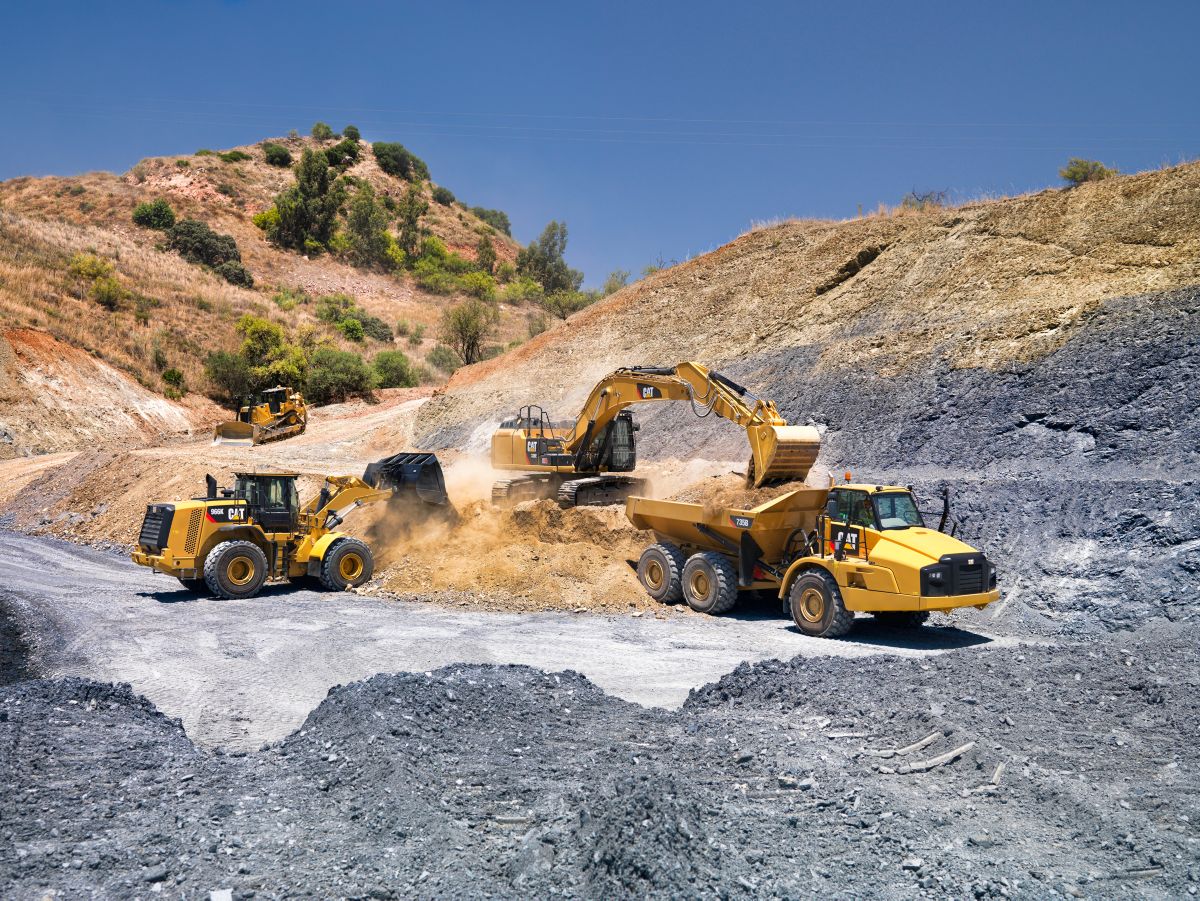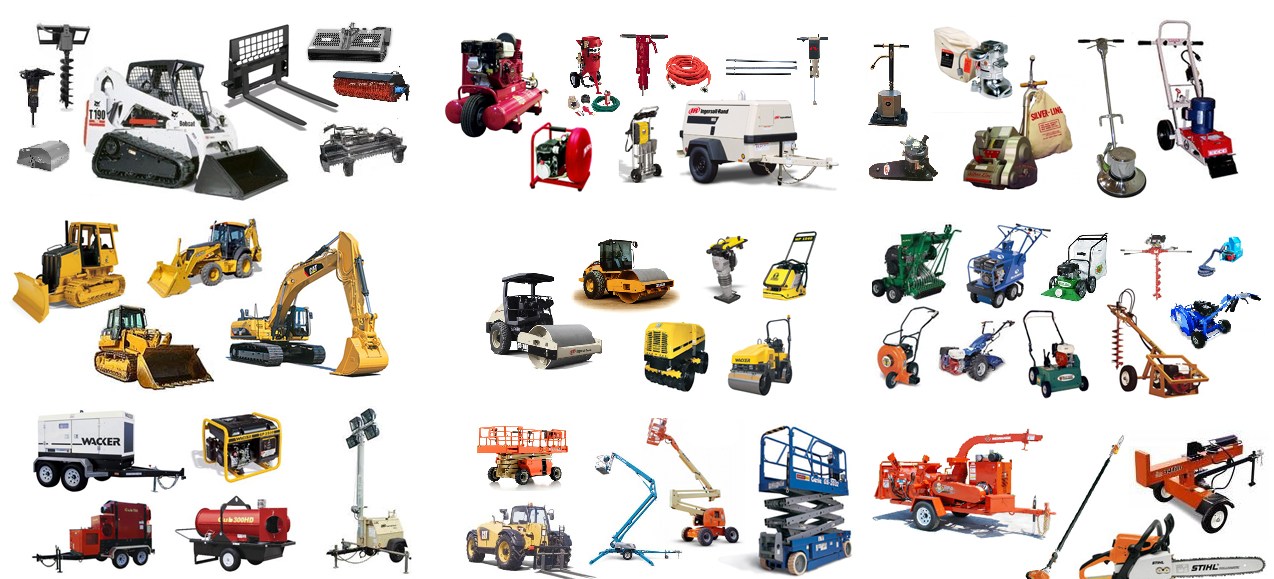Rental Company Near Me: Regional Solutions for Equipment Rentals
Rental Company Near Me: Regional Solutions for Equipment Rentals
Blog Article
Optimize Your Budget Plan by Comprehending the Costs Associated With Building And Construction Devices Leasings
Understanding the complete range of expenses connected with building and construction tools leasings is essential for optimizing your spending plan. While the preliminary rental fee might seem straightforward, countless extra expenses-- such as transport, fuel additional charges, and upkeep-- can rapidly gather, affecting your financial preparation. Additionally, understanding numerous fees and the intricacies of rental arrangements can help stay clear of unforeseen financial problems. What strategies can be utilized to effectively handle these prices and ensure a much more efficient rental experience?
Overview of Rental Prices
When thinking about building and construction devices rentals, recognizing the connected prices is vital for effective budgeting and task planning. Rental prices can vary dramatically based on numerous elements, consisting of equipment kind, duration of leasing, and location. The preliminary rental cost commonly reflects the devices's market need and its associated functional capabilities, affecting the overall cost.
Along with the base rental rate, secondary costs might arise, such as transportation costs, fuel surcharges, and upkeep charges. It is important to account for these extra expenditures to accurately evaluate the complete price of renting devices. The rental duration can influence rates; longer rentals may qualify for reduced prices, while temporary rentals might incur greater daily costs.

Break Down of Rental Prices
A detailed understanding of rental prices is essential for service providers and task supervisors intending to enhance their budget plans. Rental prices for building and construction tools usually consist of numerous elements, including base prices, time-based charges, and use charges.
Base prices are the core fees related to the leasing of the equipment, typically figured out by the kind and dimension of the equipment. These prices can differ dramatically, affected by aspects such as equipment need, accessibility, and regional market trends. Time-based charges, which may be daily, weekly, or monthly, serve to fit various project timelines and rental periods.
In addition, rental rates may include use fees, which are suitable when equipment is used past a specified limit, guaranteeing that the rental company can represent deterioration. Seasonal need fluctuations can additionally impact rental rates, with peak building and construction seasons generally regulating higher prices.
Furthermore, understanding the rental business's policies relating to maintenance and insurance coverage can provide more understanding into the total cost framework. By examining these components, professionals can make enlightened decisions, making sure the option of rental devices lines up with both project requirements and budget restraints.
Extra Costs to Think About
Understanding the intricacies of additional costs is important for contractors to manage their total rental costs effectively. Past the standard rental prices, numerous supplementary costs can considerably influence the overall expense of devices leasing. These charges frequently consist of distribution and pick-up fees, which can differ based on range and logistics associated with delivering the devices to and from the job website.
Moreover, some rental business may impose gas additional charges if the devices is returned with much less fuel than when rented. It is also necessary to understand possible cleaning charges, particularly for specific devices that calls for extensive maintenance after usage.

Extensively reviewing the rental arrangement and clarifying these extra charges ahead of time can aid service providers avoid unforeseen expenses and make sure that budgets stay undamaged throughout the project lifecycle.
Upkeep and Repair Expenses
Regular maintenance and repair service costs are usually neglected elements that can dramatically influence the general expense of construction devices leasings. When leasing equipment, it is crucial to consider not only the rental fees yet likewise the prospective expenses linked with maintaining the equipment in optimum operating problem.
Many rental business consist of fundamental upkeep as component of the rental contract; however, extra considerable repair services or unanticipated failures can lead to extra expenses. It's necessary to assess the rental contract carefully to comprehend what maintenance solutions are covered and what duties fall on the renter.
In addition, equipment that is not properly maintained can result in inadequacies at work site, possibly creating hold-ups and raising task prices. To alleviate these threats, it is recommended to perform regular inspections and preserve open interaction with the rental supplier concerning any kind of problems that develop throughout use.
Insurance Policy and Obligation Prices
Insurance and responsibility expenses are essential elements that can considerably affect the overall cost of building devices leasings (dozer rental). These expenses make certain that both the rental firm and the client are shielded from prospective economic losses arising from crashes, damage, or burglary throughout the rental duration

In addition, customers must be conscious of any kind of deductibles or exemptions in the insurance coverage, as these can influence potential out-of-pocket expenditures. Recognizing the terms of any type of insurance policy protection is important to avoid unanticipated expenses. Eventually, budgeting for insurance and responsibility costs can aid make certain a smoother rental experience and shield versus financial threats connected with building and construction projects.
Final Thought
In conclusion, a detailed understanding of the prices connected with building devices leasings is essential for reliable budget management. By assessing rental prices, added charges, maintenance expenses, and insurance coverage needs, individuals and companies can minimize unexpected expenses. This critical strategy not just boosts cost-effectiveness yet additionally makes certain that tasks proceed smoothly and efficiently. Eventually, educated decision-making pertaining to equipment services adds to the total success of construction undertakings.
Rental expenses can vary significantly based on a number of factors, including tools type, period of leasing, and location (scissor lift rental). The rental duration can impact pricing; longer rentals may qualify for reduced rates, while short-term services could incur higher daily costs
By performing comprehensive study and involving with reputable rental firms, contractors can successfully navigate the complexities of rental prices, ultimately optimizing their economic sources.
Beyond the standard rental prices, different additional costs can considerably influence the total expense of tools leasing. Rental business often give responsibility insurance that covers see here now injuries to third events or damages to residential or commercial property, while equipment damage insurance coverage can cover the expense of repairs or replacement if the rented tools is harmed.
Report this page